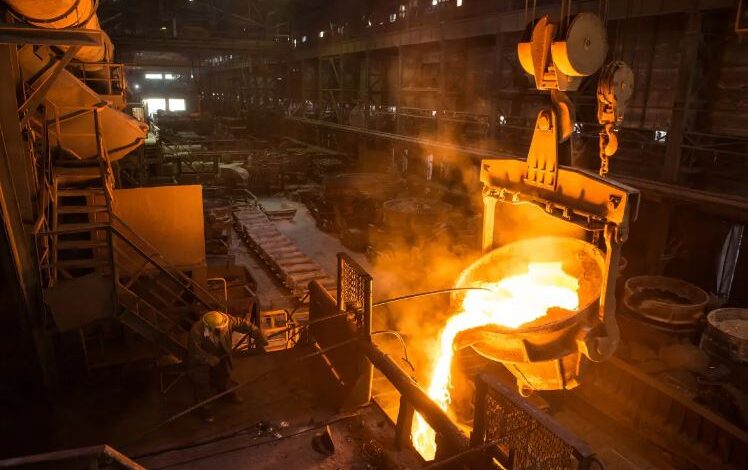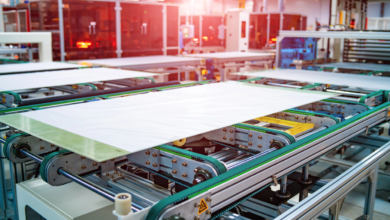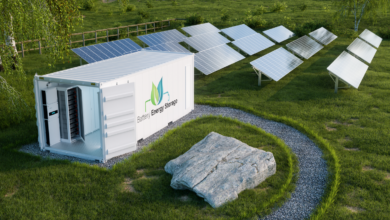Green steel will be produced by both hot and cold rollingù
Finland closed 2022 with 5 GW of installed wind turbines. Today they meet 10% of national electricity needs, 10 years ago just 1%. And by 2025, wind energy in the Nordic country will triple to 27%. It is the wide availability of wind power that has convinced Blastr Green Steel to invest 4 billion euros to produce green steel in the country.
The plant will be born in Inkoo, a small town 30 km from Helsinki overlooking the Gulf of Finland. According to the first rumors, Blastr aims to produce 2.5 million tons of green steel per year, both with cold rolling (about room temperature) and with hot rolling, which requires temperatures above 900 ºC. The production cycle will be powered by renewable hydrogen, which replaces carbon coke, obtained directly in the plant thanks to the installation of electrolyzers.
Although it is not the largest green steel plant in the world in the pipeline, the Norwegian company’s project could become the largest hydrogen steel plant for a few years. The main competitor, H2 Green Steel, is working on a plant in Sweden with a capacity of 5 million tonnes per year, but it will only be operational in 2030.
With green steel, -95% emissions
In terms of emissions, the green steel produced at Inkoo will be able to cut 95% of the greenhouse gases generated by the processing compared to traditional steel production processes. On average, today, 1.9 tons of CO2 are emitted to obtain a ton of steel. The steel industry generates about 5% of Europe’s total emissions and 7% of global emissions.
“We are committed to decarbonising the steel industry, which is one of the biggest contributors to global CO2 emissions. With the green steel produced at Inkoo, we aim to reduce carbon emissions by 4.6 million tons of CO2 per year compared to conventional methods, equal to the amount of emissions produced annually by all cars in Finland,” explained the company’s CEO, Hans Fredrik Wittusen.






